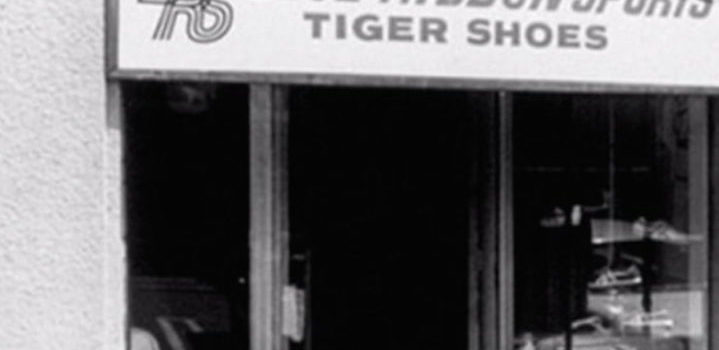
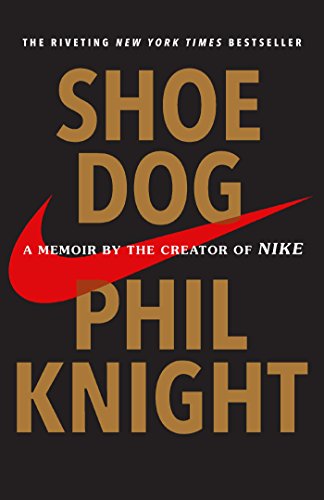
This article is an excerpt from the Shortform summary of "Shoe Dog" by Phil Knight. Shortform has the world's best summaries of books you should be reading.
Like this article? Sign up for a free trial here .
Nike founder Phil Knight started his shoe career selling imported Japanese shoes from the company Onitsuka, not by manufacturing his own. His original company was called Blue Ribbon Sports. He sold his first shoes at track meets out of the trunk of his car, and their design and quality become a hit.
Over time, frictions with Onitsuka over distribution rights, slow shipments, and creating new shoe designs forced him to found Nike. If they’d kept their partnership amiable, Phil might have kept working with Onitsuka, and Nike might never have happened.
This is the story of Blue Ribbon Sports before it became Nike. Learn the early history of Nike, back when Phil Knight had to hustle to sell each pair of shoes.
1962
Phil Knight has graduated from University of Oregon and earned an MBA from Stanford, and he doesn’t know what to do. He is 24.
His best lead is a final paper he wrote on shoes. Having been a decent runner on the U of Oregon track team, he’s obsessed with shoes. His paper’s thesis: Japanese companies are poised to burst into the shoe market, just as they had for cameras and displacing the German incumbents. This is his Crazy Idea. His way of making a mark on the world.
It seems obvious to him. He now has to travel to Japan, find a shoe company, and pitch them his Crazy Idea. Along the way, he wants to see and feel the world, for how can you change the world without seeing it? His traveling ambitions have a spiritual air, longing to understand how the Chinese and Buddhists and Greeks and Christians have thought about life for millennia.
Phil travels around Tokyo, learning about Zen and observing the rubble remaining from World War 2. His father has two friends in Tokyo, and they dispense business advice – the Japanese are soft negotiators, not fans of the aggressive American style. They’re hard to read. (This will be relevant later.)
Phil feels like now is the time to act. He likes a shoe manufacturer Onitsuka and their shoe line Tiger, and he believes this is where he’ll make his start. He makes an appointment to meet executives and travels south to Kobe, Japan.
At the meeting, the Onitsuka staff ask him what company he’s with. He has no company and no name, but he thinks back to his childhood wall, decorated with blue ribbons from track. “Blue Ribbon Sports of Portland, Oregon,” he says. He launches into his presentation of his paper from Stanford business school, describing the size of the market and the vast opportunity there would be for a Japanese shoe manufacturer to enter America. They could undercut Adidas, the dominant brand at the time.
The executives are excited. They’ve been thinking about entering America for a long time, they say. They show him models of Tiger shoes that have promise. Finally, they ask Phil whether Blue Ribbon Sports would be interested in representing Onitsuka in America. Phil accepts. He asks them to send samples to his address in Oregon.

1964
The Onitsuka shoes arrive! Phil thinks they’re beautiful. After all, they are the embodiment of his future. Immediately, he sends two pairs to his old track coach at U of Oregon, Bill Bowerman.
They order 300 shoes, and Phil fills their basement with the shoes. Even better, they come with an announcement: Blue Ribbon Shoes is now the exclusive distributor for Onitsuka in the West.
Phil sells shoes the best way he knew how – going to track meets and showing the shoes to runners, coaches, and fans. His pitch: Japanese manufacturing makes high-quality shoes for extremely low prices. Word spreads fast – sales are so good, strangers show up at their house to buy Onitsukas. Just a few months later, they sell out of their shoes and order a bigger shipment of 300 shoes.
1965
As it relates to selling shoes, there are a few things to remember about this time. First, running wasn’t really considered a sport or a hobby. It’s hard to believe today, but in the 1960s, jogging to get exercise was something only maniacs would do. To be fair, everyone still smoked like a fiend, and heart disease hadn’t been figured out yet. So Blue Ribbon Sports is still selling the Onitsuka shoes primarily to student athletes – popular as they were, they appeal to just a small niche of the population.
Second, venture capital the way we understand it today didn’t really exist. Small businesses got their startup cash from banks, but banks had very different priorities from today’s venture capital firms. For one, banks didn’t want companies to grow too quickly. They wanted new companies to get profitable quickly and to never let sales exceed their cash balance.
So fast-growing Blue Ribbon Sports run by ambitious Phil is constantly running into issues with their cash balance. Even though their sales are doubling regularly, this cash is quickly turned around to order the next, larger shipment of shoes. Thus Blue Ribbon Sports constantly skates on thin ice with their bank.
Compounding this problem, Onitsuka is painfully unresponsive with Phil and Blue Ribbon Sports. Their shoe shipments often arrive late, which gives Blue Ribbon Sports less time to sell shoes, which then makes each loan repayment period tougher.

1967
Blue Ribbon Sports moves out of Phil’s apartment and into its first real office. It’s a fixer-upper, with tissue thin walls and broken windows. Johnson has settled on the location of their first East Coast office – Wellesley, MA, a place where runners seemed to abound and the Boston Marathon runs through.
1968
Blue Ribbon Sports sales are set to double yet again, for its fifth straight year. But they’re still skating on such thin ice that Phil can’t afford to draw a salary.
His accounting job at Price Waterhouse takes up 6 days a week, and Phil wants more time for Blue Ribbon Sports than just weekends and late nights. He quits and takes up a teaching position at Portland State University, paying $700 a month.
1969
Once again, sales are poised to double for Blue Ribbon, at $300,000 this year. Phil feels it’s finally safe to pay himself a salary ($18,000 a year), and he quits Portland State to go full time at Blue Ribbon Sports.
In his last days on campus, he meets an artist, Carolyn Davidson, who complains about not being able to find work. With Blue Ribbon Sports growing and getting press, they could use help with their marketing – print ads, charts, and maybe a logo. He doesn’t know the significance of this meeting until far later.
No momentous business events happen this year, though there are some rumblings of problems to come. Most importantly, Phil starts to doubt Kitami’s sincerity from recent wires and letters. Maybe Onitsuka’s getting ready to raise prices on Blue Ribbon Sports. Maybe they’re making secret arrangements with new distributors again. Phil just senses there’s something off.
So he has a backup plan – an inside man at Onitsuka who can keep tabs on Kitami. In a memo to his company, Phil announces that he’s “hired a spy.” He stresses that this is completely accepted in Japanese business culture. The spy is Fujimoto, the man whose bicycle he replaced.
1970
The contract with Onitsuka to supply Blue Ribbon Sports with shoes is ending soon. Phil flies to Japan and asks for a 5 year contract with Onitsuka – after all, most of the US success was due to Blue Ribbon Sports, and a survey shows 70% of American runners own Tigers. But Onitsuka is adamant to keep the deal for only 3 years. Why are they so adamant about cutting the timeline short? Phil is suspicious.
Onitsuka keeps hampering Blue Ribbon Sports with late shipments and the wrong shoes in each shipment. The Cortez is selling like crazy, but instead of shipping those, Onitsuka ships Bostons, in the wrong sizes. Onitsuka promises they’re working on improving factories and reliability, but it never really improves.
Phil decides that Onitsuka can’t really be that incompetent – instead what they’re doing is satisfying the Japanese customers first with a limited supply, then exporting what remains to the US.
As always, the bank has problems with Blue Ribbon Sports’s perennially low cash reserves. Bigger sales has meant bigger loans, which would be harder to pay off and higher risk if the company collapsed. As always, Phil is frustrated that the banks don’t see the bigger picture – a company doubling every year!
———End of Preview———

Like what you just read? Read the rest of the world's best summary of "Shoe Dog" at Shortform . Learn the book's critical concepts in 20 minutes or less .
Here's what you'll find in our full Shoe Dog summary :
- How Phil Knight started Nike when he was just 24 years old
- The lawsuit that almost ended Nike
- The ups and downs of Nike over 20 years of business


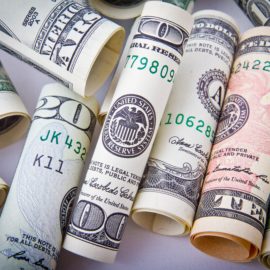

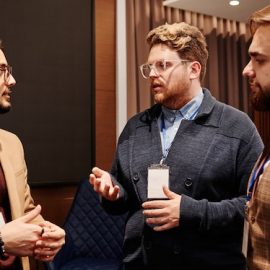
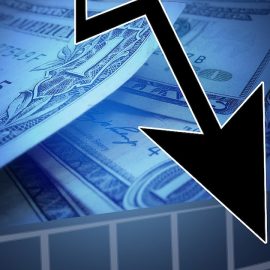

Nike is a world-famous brand and we all love it. It teaches us many things and one important thing to learn from the brand is to Never give up on your dreams. No matter what happens stick on to your mission. Your dreams will come true.
Nike is a sport brand